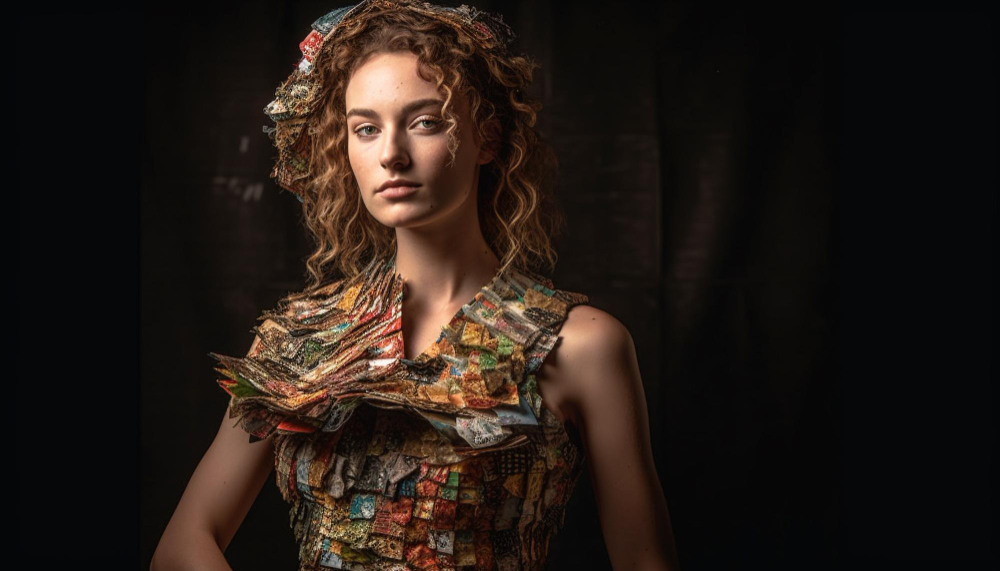Throughout history, fashion has served as a reflection of societal norms, cultural values, and the changing roles of women in society. From the restrictive garments of the Victorian era to the empowering ensembles of the modern-day workplace, the evolution of feminine fashion tells a compelling story of liberation, empowerment, and self-expression. In this article, we delve into the fascinating journey of women’s fashion, tracing its transformation from corsets to power suits.
The Victorian Era: Corsets and Constriction
The Victorian era, spanning from the mid-19th to early 20th century, was characterized by rigid gender roles and societal expectations. Women’s fashion during this period was marked by the prominence of corsets, which were designed to cinch the waist and create an exaggerated hourglass silhouette. These tightly-laced garments not only symbolized femininity but also reinforced notions of modesty and propriety. However, the corset was also a symbol of oppression, restricting women’s movement and even causing health issues such as difficulty breathing and organ displacement.
The Roaring Twenties: Flappers and Freedom
The 1920s ushered in a new era of liberation and rebellion, epitomized by the emergence of the “flapper” style. Flappers were young women who defied traditional norms by embracing short haircuts, wearing loose-fitting dresses with dropped waistlines, and openly challenging societal conventions. The flapper look represented a departure from the corseted silhouettes of the past, embracing comfort, freedom of movement, and a sense of youthful independence.
The Post-War Period: New Look and Feminine Elegance
In the aftermath of World War II, women’s fashion underwent a dramatic transformation with the introduction of Christian Dior’s “New Look” in 1947. Dior’s designs featured soft, rounded shoulders, nipped-in waists, and voluminous skirts, exuding an air of feminine elegance and sophistication. The New Look represented a return to traditional gender roles, emphasizing women’s roles as homemakers and caregivers. While the silhouette celebrated femininity, it also reinforced notions of domesticity and conformity.
The Swinging Sixties: Mini Skirts and Mod Fashion
The 1960s marked a period of social upheaval and cultural revolution, reflected in the bold and daring fashion of the time. The rise of mod fashion, popularized by icons such as Twiggy and Mary Quant, embraced youthfulness, individuality, and a rejection of traditional gender norms. Mini skirts, geometric patterns, and sleek, minimalist designs became emblematic of the era, challenging conventions and celebrating women’s freedom of expression and self-determination.
The Power Dressing Era: Women in the Workplace
The 1980s witnessed a seismic shift in women’s fashion with the rise of power dressing. As more women entered the workforce and pursued careers in traditionally male-dominated fields, fashion responded by offering tailored suits, shoulder pads, and bold accessories that exuded confidence and authority. The power suit became a symbol of women’s empowerment, signaling their presence and ambition in the corporate world while challenging stereotypes and expectations.
The Present Day: Diversity and Inclusivity
In the 21st century, women’s fashion has become more diverse, inclusive, and fluid than ever before. From athleisure wear to gender-neutral clothing, contemporary fashion reflects a wide spectrum of styles, preferences, and identities. Women are reclaiming their bodies and their voices, embracing comfort, individuality, and self-expression without being confined by traditional norms or expectations. Today, women’s fashion celebrates diversity, empowers individuals to embrace their authentic selves, and continues to evolve with the changing tides of society.
In conclusion, the evolution of feminine fashion is a testament to the resilience, creativity, and spirit of women throughout history. From the restrictive corsets of the past to the empowering power suits of today, women’s fashion has mirrored the progress, struggles, and triumphs of women’s liberation movements. As we look towards the future, may women continue to use fashion as a form of self-expression, empowerment, and activism, shaping a more inclusive and equitable world for generations to come.

